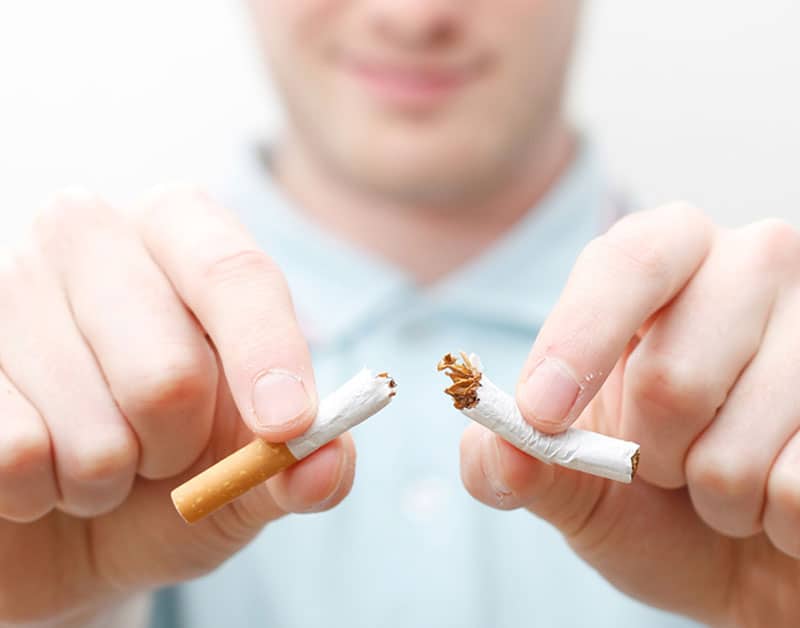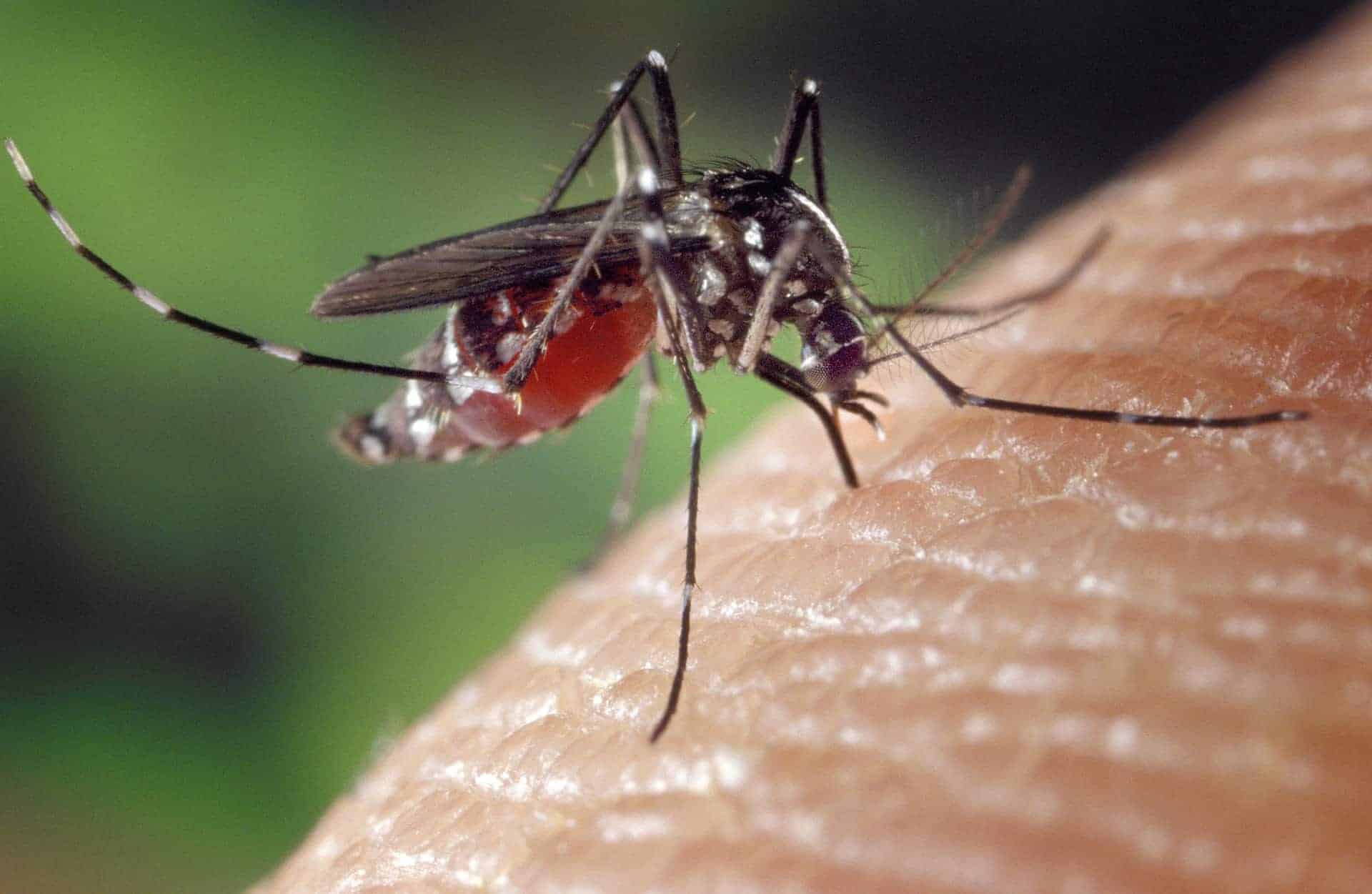Quitting smoking
- Smoking cessation is simply the complete discontinuation of tobacco smoking.
- As much as we all understand how important it is to completely stop smoking, the process comes at a cost and requires overcoming some obstacles.
Why should you quit?
- Every year, smoking kills around 6 million people and nearly 900 thousand people die from secondhand smoking worldwide.
- Smoking is thought to be the most important preventable cause of death.
- One-third of cardiovascular deaths are directly or indirectly due to smoking.
- About 90% of all lung cancers are related to smoking.
- On average, the mean lifetime of smokers is 10 years less than that of non-smokers.
- A large number of young children are exposed to passive smoke and suffer from premature heart diseases, lung infections, and lung cancer every year.
- You may have smoked for 30 or more years, but it is never too late to quit- quitting will still greatly reduce the chance of developing smoking-related disorders.
- You can save your money.
- You can save yourself from an unhealthy habit.
What smoking does to your body
More than 5000 chemicals can be found in cigarette smoke, hundreds of which have a deleterious effect on human health. Here are a few examples-
- Nicotine
- It is the main chemical in cigarettes that causes addiction and may remain in the body for up to 3 days.
- Increases blood pressure and heart rate.
- Contributes to narrowing of arteries and hardening of arterial walls.
- May lead to ischemic events in the heart e.g. heart attack.
- Increases the risk of developing cognitive impairment and psychiatric disorders.
- Affects the part of the brain responsible for learning, attention, and memory and brain plasticity.
- How nicotine causes addiction
- Within a few seconds of taking a puff from a cigarette, nicotine reaches the brain.
- Inside the brain, it causes the release of neurotransmitters (such as dopamine) that helps elevate the mood and causes a feeling of pleasure.
- Carbon monoxide
- Replaces the oxygen in the Red Blood Cells and decreases oxygen concentration in blood.
- It also enhances cholesterol deposition in the blood vessels that precipitates ischemic heart disease.
- Carcinogens present in the cigarettes
- Benzene- Used to manufacture other chemicals. May cause leukemia.
- Cadmium- Used in batteries. It can cause cancer of the lung, kidney, and prostate.
- 1,3-Butadiene- It is used in rubber manufacturing. May cause certain blood cancers.
- Arsenic- Used to preserve wood. It can cause cancer of the lung, skin, liver, and bladder.
- Formaldehyde- Used to make other chemicals, resins, and also as preservatives. Has the potential to cause leukemia and lung cancer
- Chromium VI- Used in making metal alloys, paint, and dyes. May cause cancer of lungs, nose, and nasal sinuses.
- Polonium-210- It is a radioactive element. Its use has shown cancer in animals.

Plan your way to a smoke-free life
- Make a list of reasons why you should or you want to stop
- Pick your quit date- preferably within a month or two
- Be prepared to experience some withdrawal symptoms
- Choose a method that suits you best
- Ask medication from your doctor
- List your triggers and habits- Stress? After a meal? Driving? Work breaks? Any other specific times? You will need to know your patterns so you know when you need help/ distraction
- Start getting rid of ashtrays, lighters and cigarettes
- Find yourself a support program- it may include support from an individual or a group. It may be in person or over the telephone
- Don’t be shy to ask family for support
- Keep yourself distracted
- Be positive
- Stay in smoke-free areas
- Maintain a healthy lifestyle- include plenty of fluids, a healthy diet, and regular exercise
- Contact your doctor if you face trouble
Methods of quit smoking
- Non-pharmacological
- Abrupt cessation of smoking without assistance (cold turkey)
- Gradually cutting down then quitting
- Counseling session
- Online smoking cessation services
- E-cigarettes
- Medications
- Nicotine replacement therapy
- Bupropion
- Varenicline
- Nortriptyline
- Clonidine.
- Others
- Acupuncture
- Acupressure
- Hypnotherapy
- Electrostimulation
- Laser therapy
- Herbal medicines.
Best method to quit
- There is no best method to quit smoking.
- It is rather with sheer willpower and determination a person can overcome the obstacles.
- The counseling sessions and medications are there to boost your determination and reduce withdrawal symptoms to make your journey easier.
- Among the medications varenicline has shown highest quit rates according to studies.
Nicotine replacement vs Bupropion vs Varenicline
Nicotine replacement | Bupropion | Varenicline | |
How it works in smoking cessation | Binds to nicotinic receptors and prevents withdrawal symptoms. | Mimics nicotinic symptoms by preventing dopamine reuptake in neuronal synapses. | Binds to nicotinic receptors, partially turns them on and reduces withdrawal symptoms. |
Available forms | Gums, lozenges, patches, nasal spray, mouth spray, inhalers, sublingual tablets. | Tablets | Tablets |
Disadvantages | Sleep impairment Nonischemic chest pain Palpitation Nicotine dependence May act as tumor promoter May cause nicotine poisoning in high dose- nausea, vomiting, cough, drowsiness, excessive sweating, salivation, headache, tremor, abdominal pain, tachycardia, ataxia myalgia, vivid dreams and dizziness. | Seizure Dry mouth Rash Urticaria Hypersensitivity Hepatitis Anxiety Tremor Dizziness Headache GI disturbances Steven-Johnson Syndrome (rare) | Nausea Headache GI disturbance Insomnia Vivid dreams |
Contraindications | Lactating and pregnant women Severe cardiovascular disease (Angina, MI, arrhythmia) Nicotine hypersensitivity Active cancer (as nicotine produces tumor growth factor) | Lactating and pregnant women Bipolar illness Age under 18 Epilepsy CNS tumor Alcohol or Benzodiazepine dependence | Pregnancy Age under 18 Depression Suicidal ideation |
Caution | Diabetes Hyperthyroid Renal impairment Hepatic impairment Peptic ulcer disease Peripheral Vascular disease | Renal impairment Hepatic impairment Hypertension | Lactation Severe renal impairment Psychiatric illness |
Why most people cannot quit smoking
- About 2 in 3 people want to quit smoking.
- The main reason why most people fail to quit is craving, as nicotine is highly addictive.
- People smoking even for a few weeks can start having withdrawal symptoms.
- Besides, cigarettes are available almost everywhere. Even the sight of it can cause craving in a person.
- Most people who find it impossible to quit smoking often have friends or colleagues who smoke as well.
Then why nicotine replacement?
- A very simple question might arise here- if nicotine is the main culprit causing addiction, why do we use nicotine to quit smoking? The answer to this is pretty straightforward- since you cannot let go of the addiction, keep using the nicotine, but at least get rid of the other ingredients.
- Nicotine replacement does not get rid of your addiction.
- By getting nicotine in your system, you can avoid getting unpleasant withdrawal symptoms.
Withdrawal symptoms
- Withdrawal effects are the worst in the first week, especially day 3-5.
- They can last for up to 2-3 weeks.
- Some symptoms such as fatigue and irritability may last up to 3 months.
- Physical Symptoms
- Cravings
- Increased appetite
- Cough
- Headaches
- Constipation
- Dizziness
- Fatigue
- Weight gain
- Psychosocial symptoms
- Anxiety
- Depression
- Irritability
- Poor concentration
- Restlessness
- Insomnia
What happens when you quit smoking?
The damage is done. Does it make any difference if I quit now?
The answer is- ABSOLUTELY. It makes a big difference. Our body has a great ability to heal itself. See the changes that will happen after you drop your last cigarette-
Timeline | Changes in body |
20 minutes |
|
8 hours |
|
12 hours |
|
1 day |
|
2 days |
|
2 weeks- 3 months |
|
1 year |
|
5 years |
|
10 years |
|
15 years |
|
If relapse occurs
- Don’t feel bad about it if you accidentally take a puff after quitting.
- Stressing about it will probably make you want to take more. Remember the list of reasons you made why you want to quit smoking and move forward.
If you take more than a puff and you start getting withdrawal symptoms, don’t panic.
- Stay positive
- Set up a new quit date
- Talk to your doctor and plan your way through another cessation
- Learn from your mistake and avoid whatever caused you to slip up this time
- Come back stronger than ever before.
Did you like how to quit smoking article? Please write your valuable comment.
What happens if you don't quit smoking?
You would have an increased risk of developing:




Pingback: URL